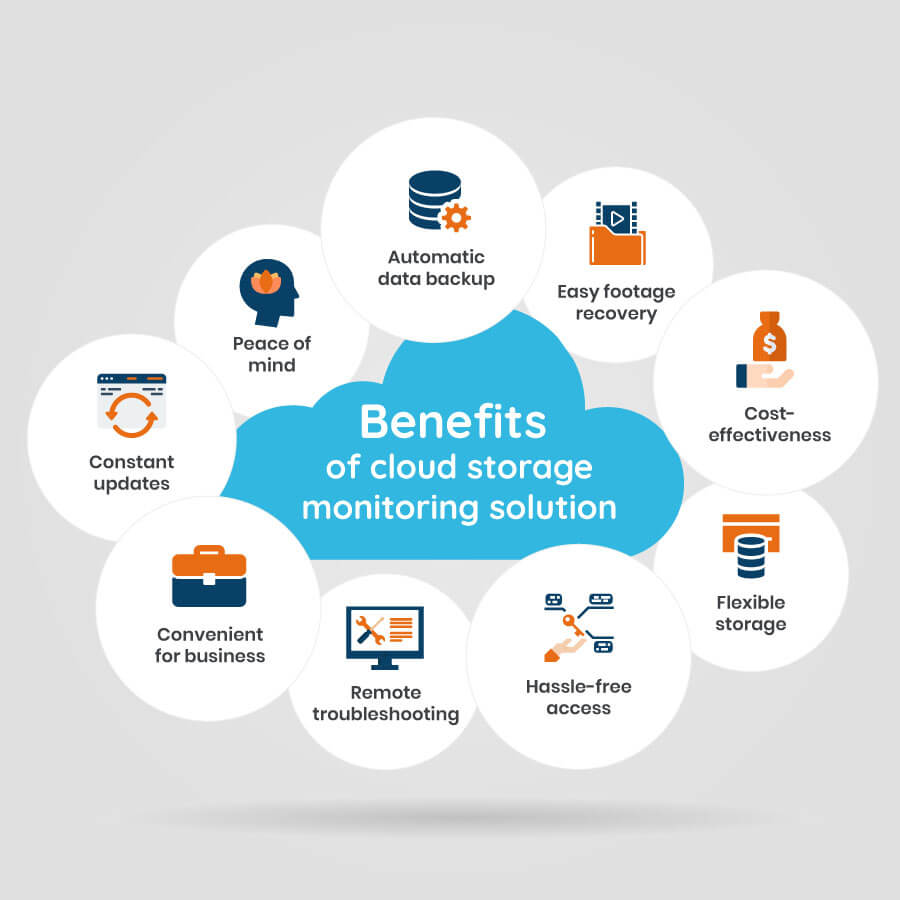Achieve Seamless Combination With Universal Cloud Provider
In the hectic landscape of contemporary company operations, the quest for seamless assimilation with global cloud solutions stands out as an important element for accomplishing organizational efficiency and competitiveness. By exploring the detailed interaction between cloud services and integration approaches, organizations can open a realm of opportunities to maximize operations, improve collaboration, and drive innovation.
Advantages of Universal Cloud Provider
Universal Cloud Providers use a myriad of advantages for services seeking scalable and effective options for their diverse electronic demands. By using cloud solutions, companies can stay clear of the high expenses linked with buying and keeping physical servers.
One more benefit of Universal Cloud Services is improved adaptability and availability. With cloud solutions, employees can access information and applications from anywhere with a net connection, allowing remote job and increasing efficiency. This access also promotes cooperation amongst staff member, no matter their physical area.
Moreover, cloud services use durable security functions, securing delicate business data from potential risks. Company invest in sophisticated safety actions, such as security and regular data backups, to ensure the integrity and privacy of info kept in the cloud. This degree of safety supplies assurance for organizations taking care of delicate information and governing conformity needs.
Trick Attributes for Assimilation Success
Applying successful assimilation of cloud services calls for a calculated focus on crucial features that enhance operations and enhance efficiency. Making sure that the cloud solutions being integrated are suitable with existing systems and applications is vital for seamless information circulation and performance. The incorporated cloud services must be able to range easily to suit changing company demands, whether it's an increase in data quantity or user web traffic.
In addition, automation capabilities play a considerable duty in integration success. Automation enhances procedures, decreases hands-on mistakes, and boosts efficiency. Real-time data synchronization is additionally vital. The ability to synchronize information throughout incorporated cloud services quickly makes certain that information is exact and constantly up-to-date. Finally, tracking and analytics attributes are essential for tracking performance, identifying problems, and enhancing the incorporated cloud solutions for peak performance. By concentrating on these essential functions, organizations can accomplish effective combination of universal cloud services.
Ideal Practices for Application
To make certain the successful assimilation of cloud services, sticking to best methods for execution is necessary. Clearly specify the purposes of the combination, recognize the particular cloud solutions needed, and develop a timeline for execution.
Secondly, picking the best cloud company is important. Evaluate prospective carriers based on their track record, security steps, scalability, and compatibility with your existing systems. Performing comprehensive research study and looking for recommendations can help in making a notified choice.
Furthermore, prioritize data safety throughout the execution procedure. Implement file encryption, gain access to controls, and normal protection audits to safeguard sensitive information. Furthermore, make sure correct training for staff members to reduce risks related to human error.
Finally, keep clear interaction networks with all entailed events to resolve any type of problems immediately and make sure a smooth assimilation procedure. Regularly review performance metrics to assess the performance of the integration and make necessary adjustments. By following these ideal techniques, companies can enhance the application of cloud services and maximize their advantages.
Overcoming Common Assimilation Difficulties
Addressing typical integration difficulties calls for a tactical strategy and proactive analytical strategies. One of the most common obstacles in cloud integration is guaranteeing compatibility in between different systems and applications.
One more typical link difficulty is managing the scalability of incorporated systems. As information quantities vary, it is necessary to design combination structures that can dynamically readjust to meet altering demands. Scalability concerns can be minimized by employing cloud-native innovations that use flexible sources and automated scaling capacities.
Safety and security worries additionally posture a significant challenge in cloud combination. Securing delicate information throughout transportation and making certain conformity with sector regulations are paramount (universal cloud storage Service). Implementing robust security devices, accessibility controls, and regular security audits can help address these concerns effectively
Furthermore, the intricacy of integrating legacy systems with modern cloud platforms can provide challenges. Legacy systems might lack compatibility with contemporary integration methods, calling for specialized options or middleware to connect the space. By understanding and proactively dealing with these common obstacles, companies can accomplish seamless assimilation with global cloud services.
Future Trends in Cloud Integration
Welcoming ingenious approaches and advanced modern technologies is important for remaining ahead in the quickly advancing landscape of cloud combination. Looking in advance, numerous future trends are established to form the way organizations come close to cloud integration.

Moreover, the expanding emphasis on safety and security and compliance in cloud assimilation is expected to drive the development of even more robust safety and security measures and administration frameworks (universal cloud storage). Data personal privacy policies like GDPR and CCPA are pressing organizations to focus on information protection in their assimilation techniques
Conclusion
Finally, achieving smooth integration with global cloud services is essential for services to optimize procedures and enhance performance. By leveraging cost-effectiveness, adaptability, and robust protection functions, companies can streamline data flow, automate processes, and ensure real-time synchronization. Focusing on safety and security, compatibility, and scalability measures in combination approaches will allow businesses to conquer obstacles and remain ahead of future patterns in cloud assimilation, driving efficiency and development in their procedures.
In the busy landscape of modern company procedures, the pursuit for smooth integration with universal cloud solutions stands out as an essential component for accomplishing business performance and competition. you can try this out By concentrating on these key functions, organizations can accomplish effective assimilation of global cloud solutions.
By understanding and proactively dealing with these typical difficulties, companies can accomplish smooth assimilation with global cloud solutions.

Comments on “LinkDaddy Universal Cloud Storage: Your Necessary Overview”